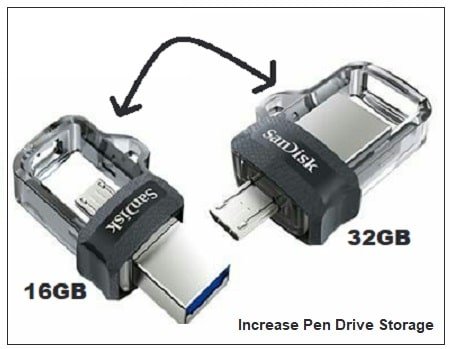

So if you’re going to modify your e-bike to go faster, I think that should be on you.Businesses around the United States are worried about quite literally not having two pennies to rub together, thanks to the coronavirus pandemic's toll on coin circulation. They factor in all their warranty planning based on their e-bikes being used as designed. The extra wear and tear on the drivetrain and components is likely reason enough for a manufacturer to claim the warranty is voided, which sounds fair to me.

I’m not sure if many such e-bikes actually have the power to add 50% more speed on top of the 28 mph limit, but the 15.5 mph versions certainly have room to run up to 23 mph. The thing I worry more about is if someone is able to put this on a Class 3 e-bike or a speed pedelec in the EU, effectively turning a 28 mph or 45 km/h e-bike into a lightweight motorcycle. Hitting the 15.5 mph wall is frustrating, especially when non-electric bikes can easily be pedaled faster. I know this is going to be a bit controversial, but I certainly understand the desire to ride faster than the EU speed limit. Traveling at 50% higher speeds though – that’s priceless. The devices are priced at NZD $160, or around US $114. They also offer custom units that can potentially be made compatible with other brands, as required. The Speedi team at NLS Components has already developed units that are compatible with bikes from Trek, Specialized, Giant, and Santa Cruz. If so, off-road e-biking may be your only chance to employ a device like this. So users should probably check with their manufacturer first if they want to play it safe.Īnd of course you’ll want to check with your local regulations to determine if the device is considered illegal on public roads. Manufacturers will probably frown at the device’s use, or could even consider it a warranty-voiding action. It also doesn’t require the user to open or modify the motor or drive system.

Sick of hitting your e-bikes speed limit when you’re friken given ‘er the beans?! Want to smoke ya mates?ĭesigned, tested and manufactured in New Zealand, our Speedi uses a mechanical planetary gear system to increase your standard e-bike speed by 1.5.Ī nice feature with this method of “hacking” the bike’s top speed is that it doesn’t interfere with other measurements being registered by the drive system, such as torque, power, temperature, etc. I’ll let the Speedi folks describe the use case in their own words: That would effectively turn a 15.5 mph e-bike into a more thrilling 23 mph ride. It uses a small gear with a 1:1.5 ratio to slow down the speed sensor. The Speedi device tricks the speed sensor on the rear wheel into spinning more slowly, effectively raising the e-bike’s electronic speed limit by around 50%. When the e-bike reaches a pre-programmed top speed – as low as 25 km/h or 15.5 mph in many countries – the motor power cuts out and riders can only reach higher speeds under their own leg power or with the help of gravity. Many electric bicycles use a magnetic speed sensor on the rear wheel to measure the traveling speed of the electric bike.

But a new device is making it easy to increase the top speed of electric bicycles without making any major modifications to the electric bike’s drive system. Electric bicycles are subject to various speed limits around the world, but the 25 km/h (15.5 mph) speed limit in places like the EU and Australia is particularly frustrating to riders who are in search of just a bit more “oomph” in their bikes.


 0 kommentar(er)
0 kommentar(er)
